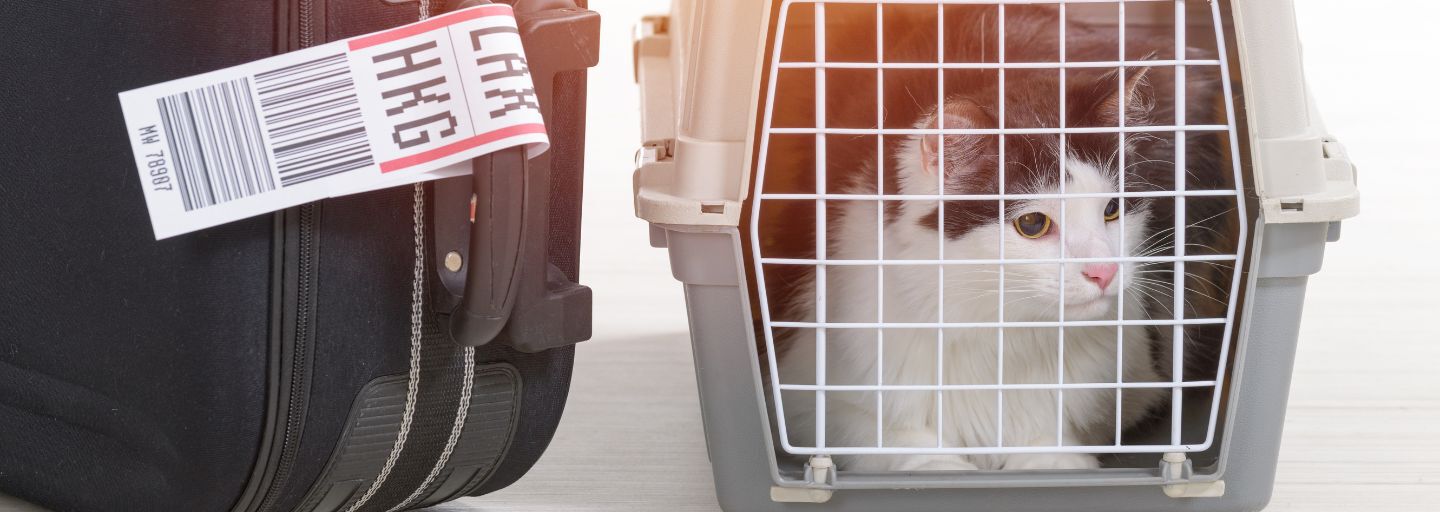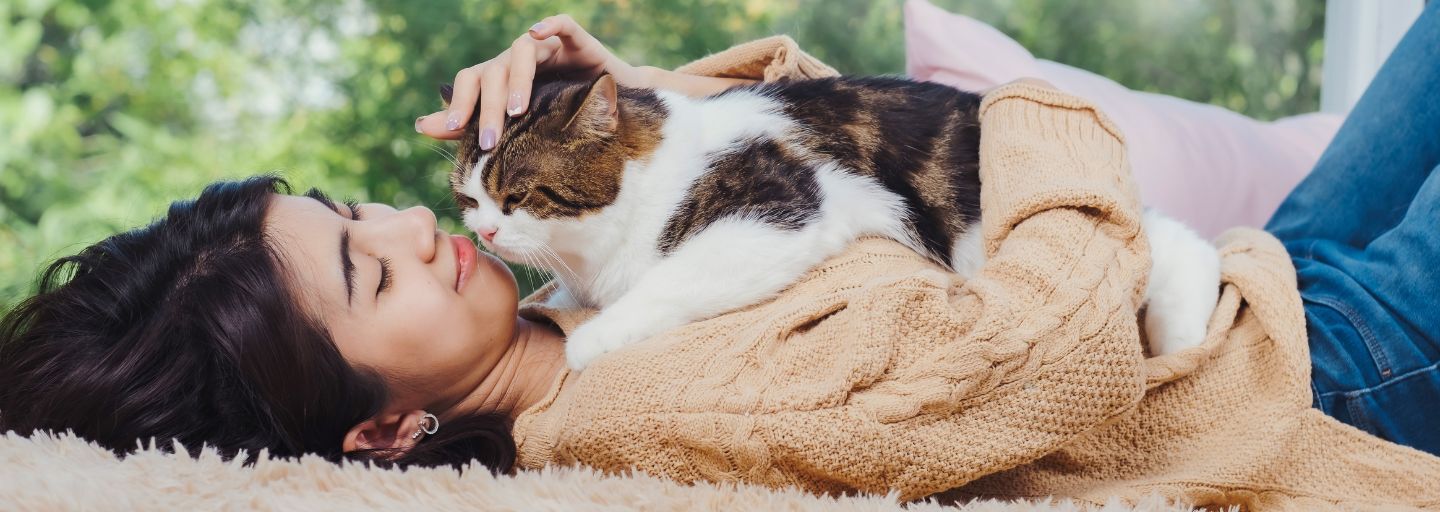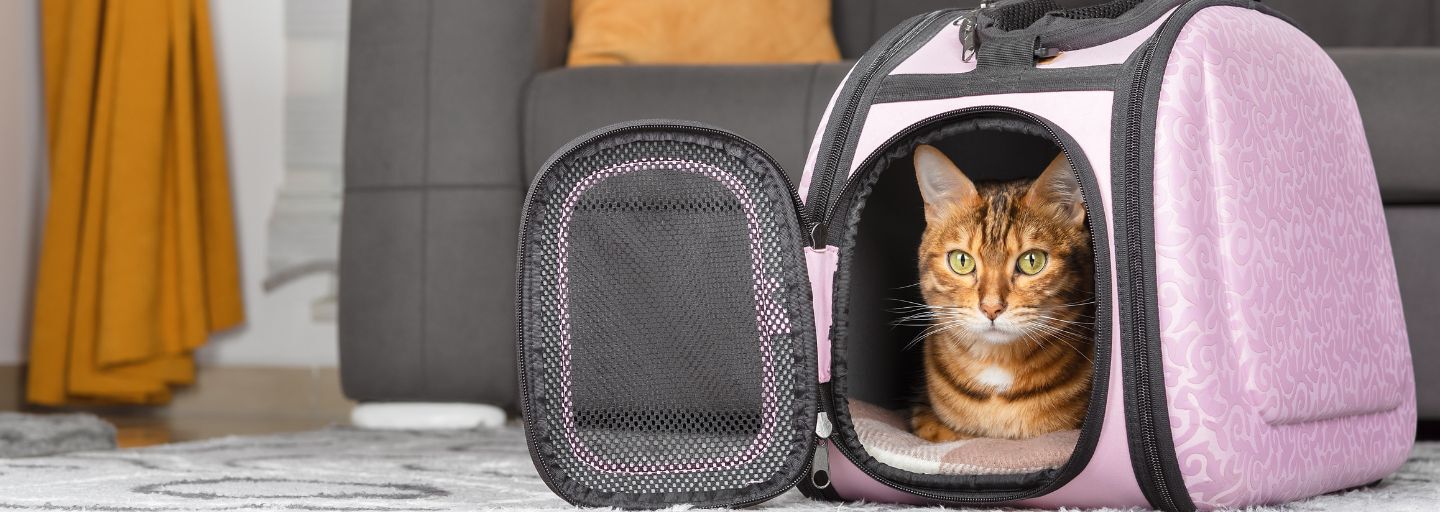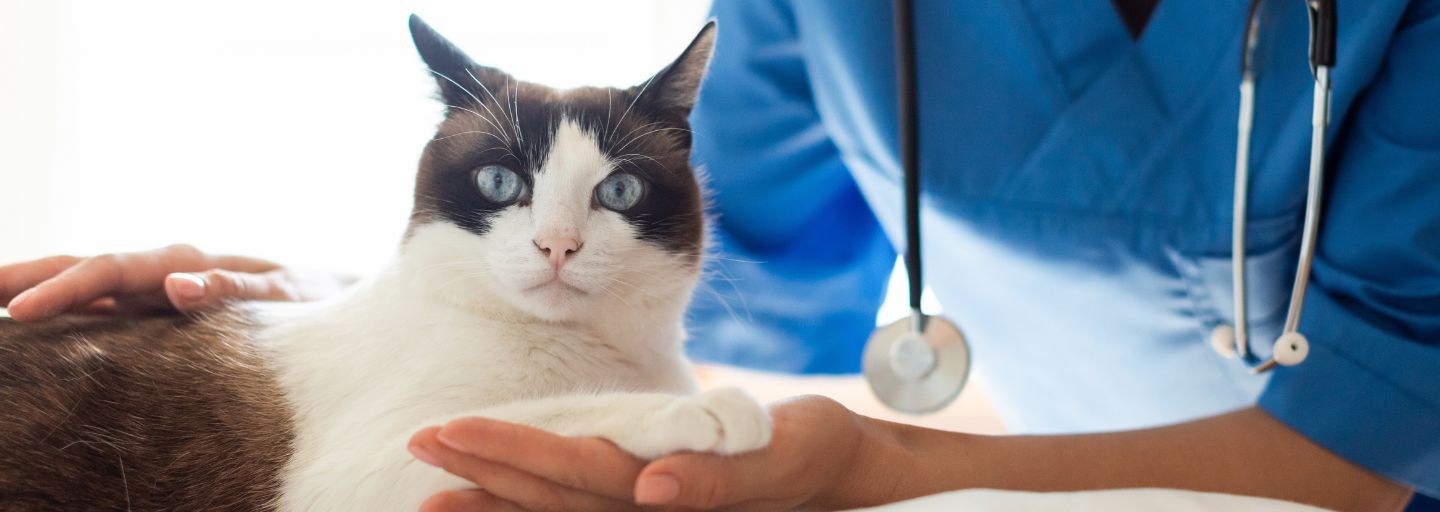Travelling with your cat by plane requires careful planning and preparation to ensure a safe and comfortable journey. Here are some enhanced tips to help you navigate the process of flying with your cat:
Travelling By Plane
Air travel necessitates more planning compared to travelling by car. It is crucial to ensure that your cat's vaccinations are up to date and that you familiarise yourself with all the regulations set by the airline you will be flying with. Start preparing for the journey well in advance, ideally seven to eight months prior to your travel date.
Contact Your Vet
Reach out to your veterinarian well in advance of your trip, as different countries may have specific vaccination or certificate requirements for pets. Your vet will guide you on the necessary vaccinations and paperwork needed for your cat to travel safely and legally. They can also provide advice on any additional measures to ensure your cat's comfort during the flight, such as sedation options or calming techniques.
Tips for a Safe Journey
When booking your ticket, inform the airline that you will be travelling with a pet and seek their advice on the process. Familiarize yourself with the airline's regulations, especially regarding the use of secure, airline-approved crates for your cat. It is essential to double-check the airline's policies, as they may vary from one company to another. Document all conversations and instructions provided by the airline to ensure clarity and avoid any misunderstandings.
Ensure Proper Identification
Attach a small luggage tag to your cat's collar with details of your destination and where you will be staying. This will provide crucial information in case your cat gets separated from you during the journey. Additionally, verify that the information on your cat's ticket matches your own and inspect every tag attached to your cat's carrier to ensure accuracy. Consider microchipping your cat as an added layer of identification, as it can greatly increase the chances of a safe reunion if your cat goes missing.
Pack Essential Supplies
Include a food and water pack with your cat's carrier to ensure they have access to nourishment during the flight. Pack enough food for the duration of the journey, as well as some extra in case of delays. Attach a feeding schedule for a 24-hour period and any other important information, such as medication instructions or special care requirements, to your cat's travel carrier. This will help airline staff or anyone who may come into contact with your cat to provide appropriate care if needed. Additionally, pack familiar items such as a blanket or toy to provide comfort and familiarity for your cat during the journey.
Arrive Prepared
Arrive at the airport well in advance of your flight, allowing ample time for check-in and security procedures. Before leaving for the airport, ensure that your cat has used the litter box to minimise the chances of accidents during the journey. This will help keep your cat comfortable and reduce stress. Carry some extra litter and disposable litter trays in case your cat needs to use the bathroom during layovers or delays.
During the Flight
Once on the plane, inform the flight attendants that you have a cat in the cabin with you. Follow their instructions regarding the placement of the carrier and any other guidelines they provide. Keep calm and speak soothingly to your cat to help them feel reassured. Avoid opening the carrier during the flight, as this can be dangerous and may cause your cat to escape.







